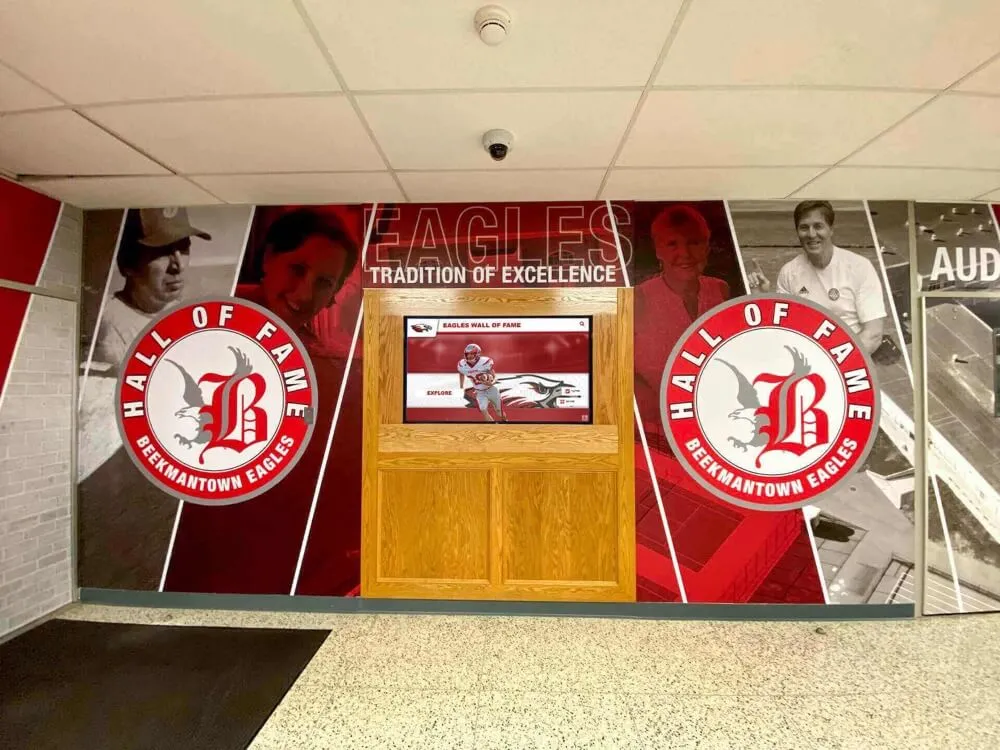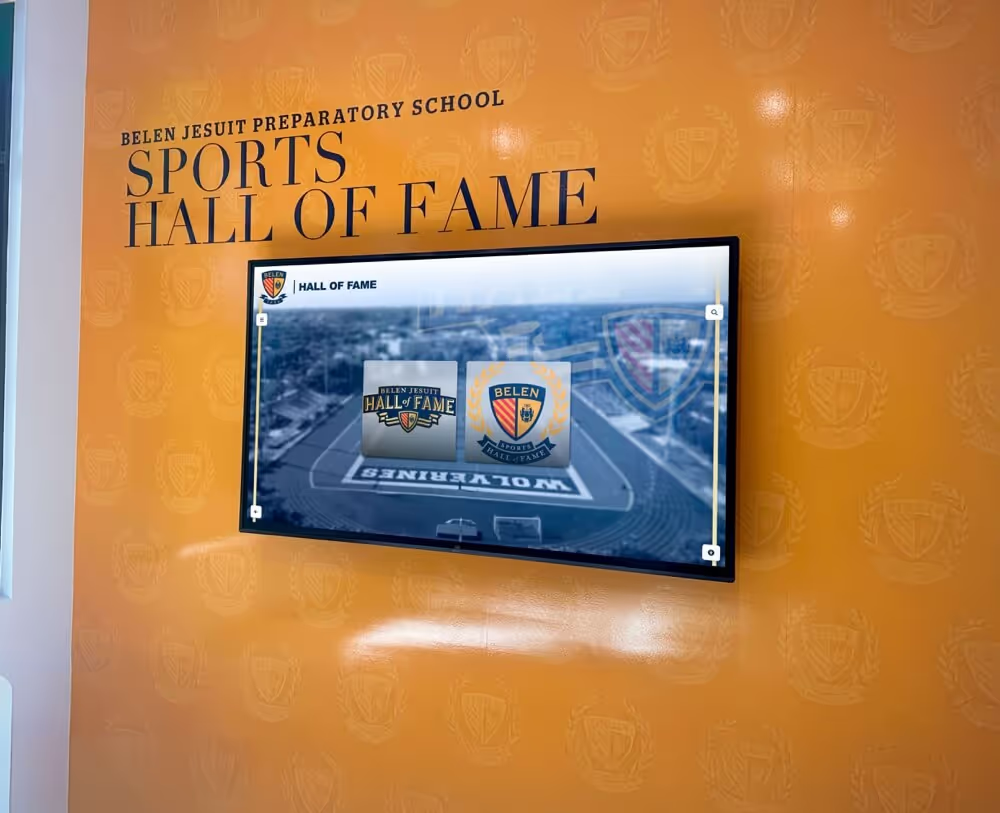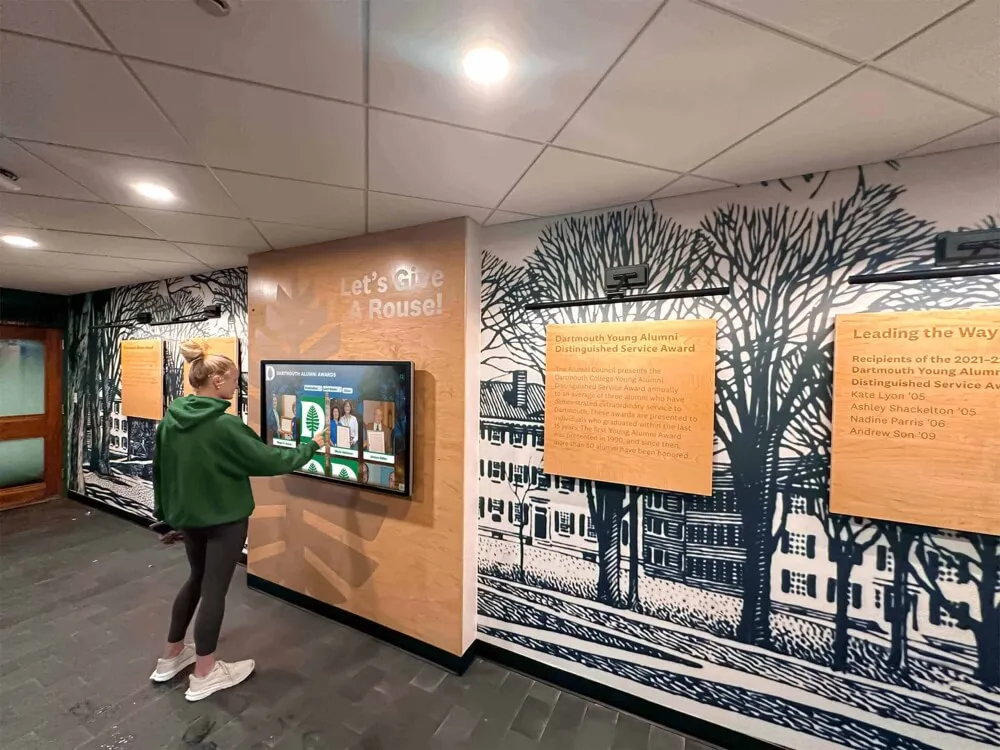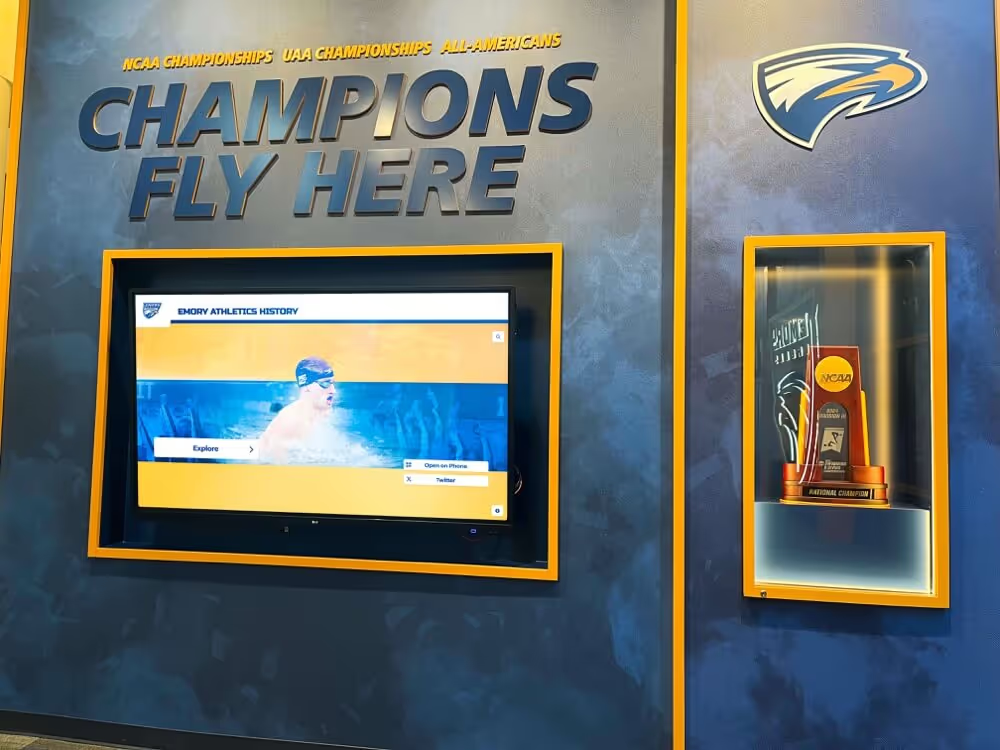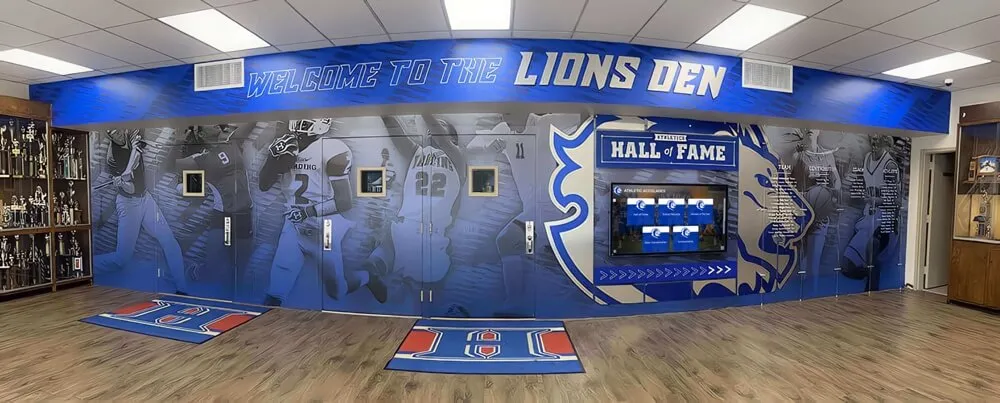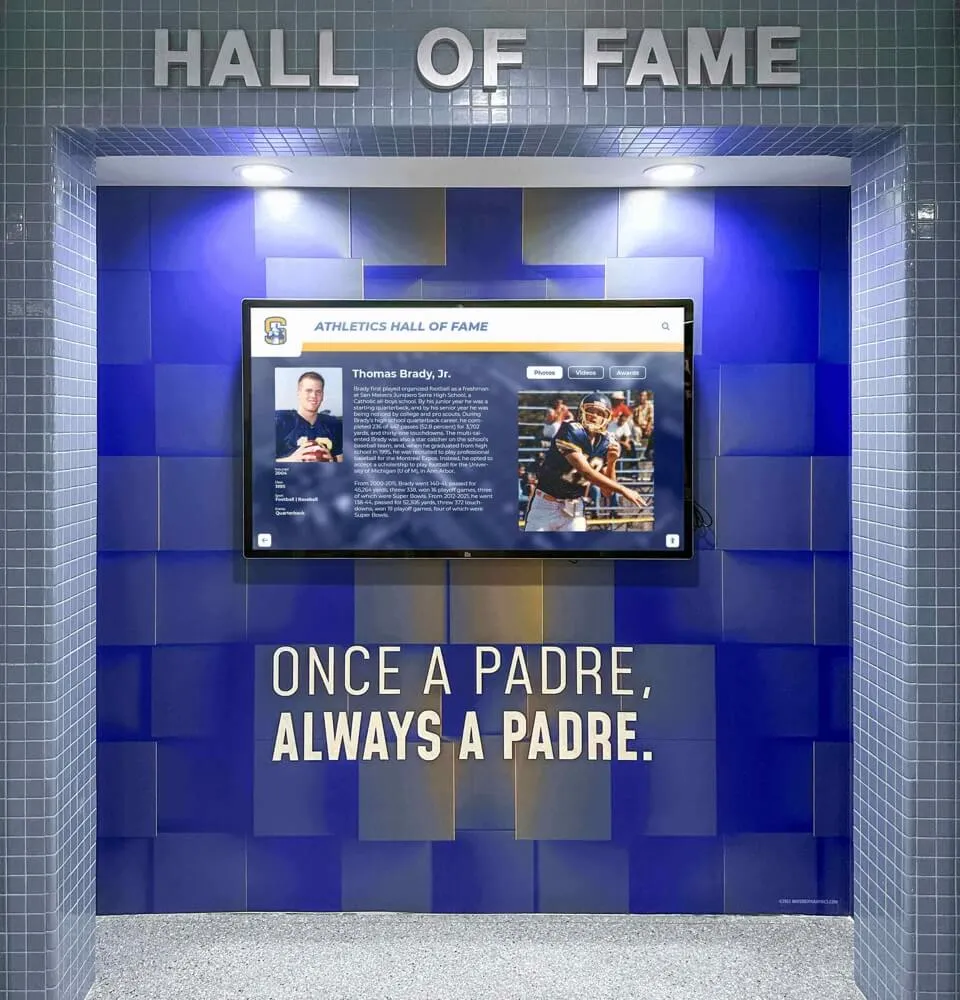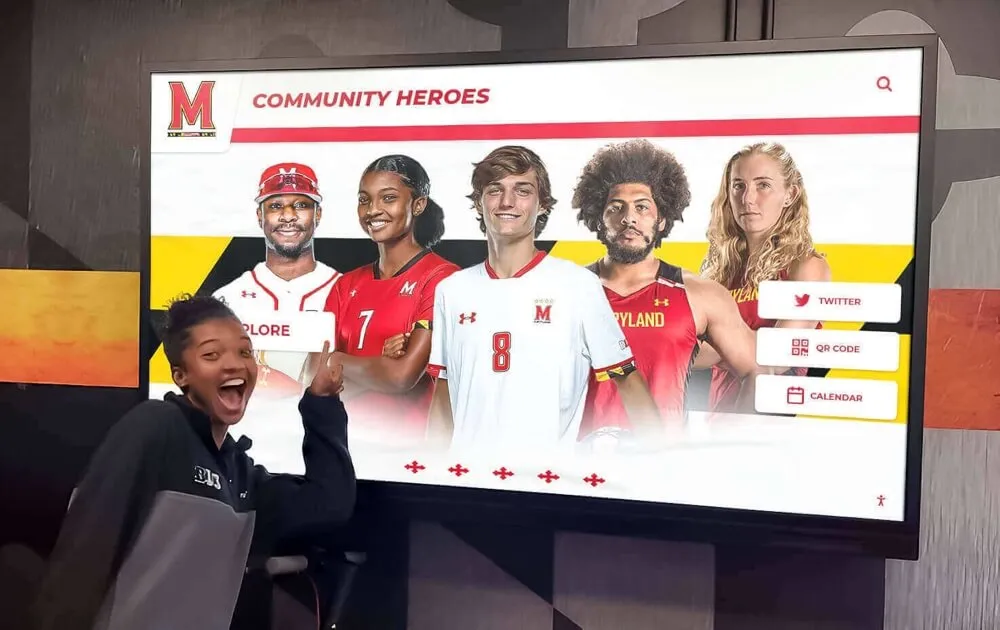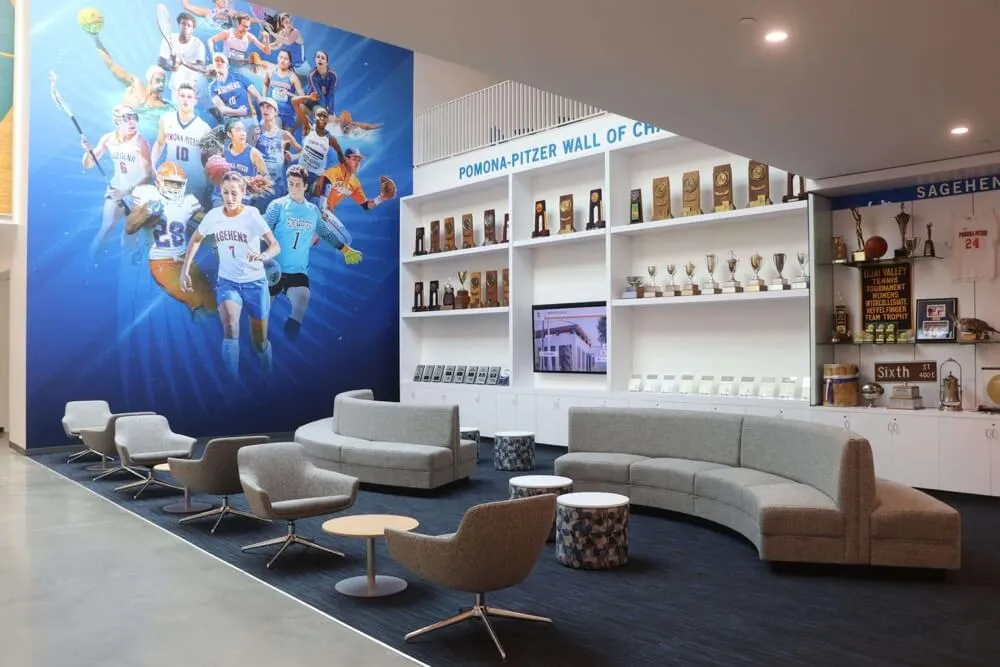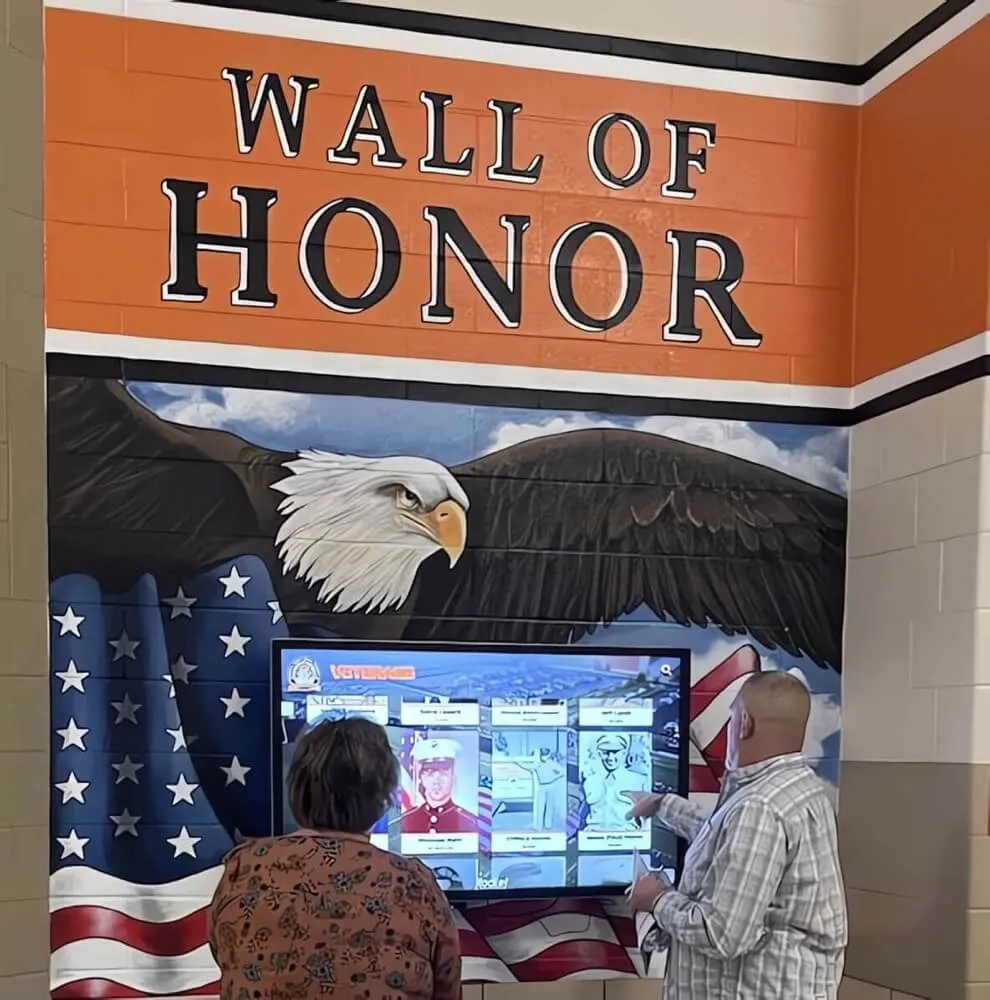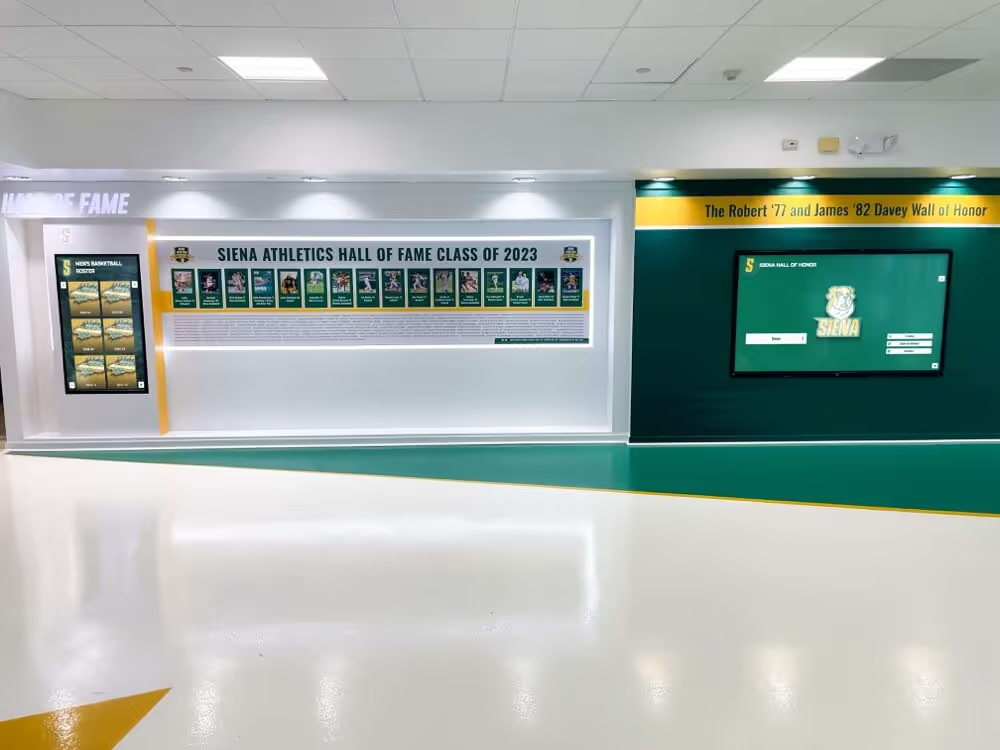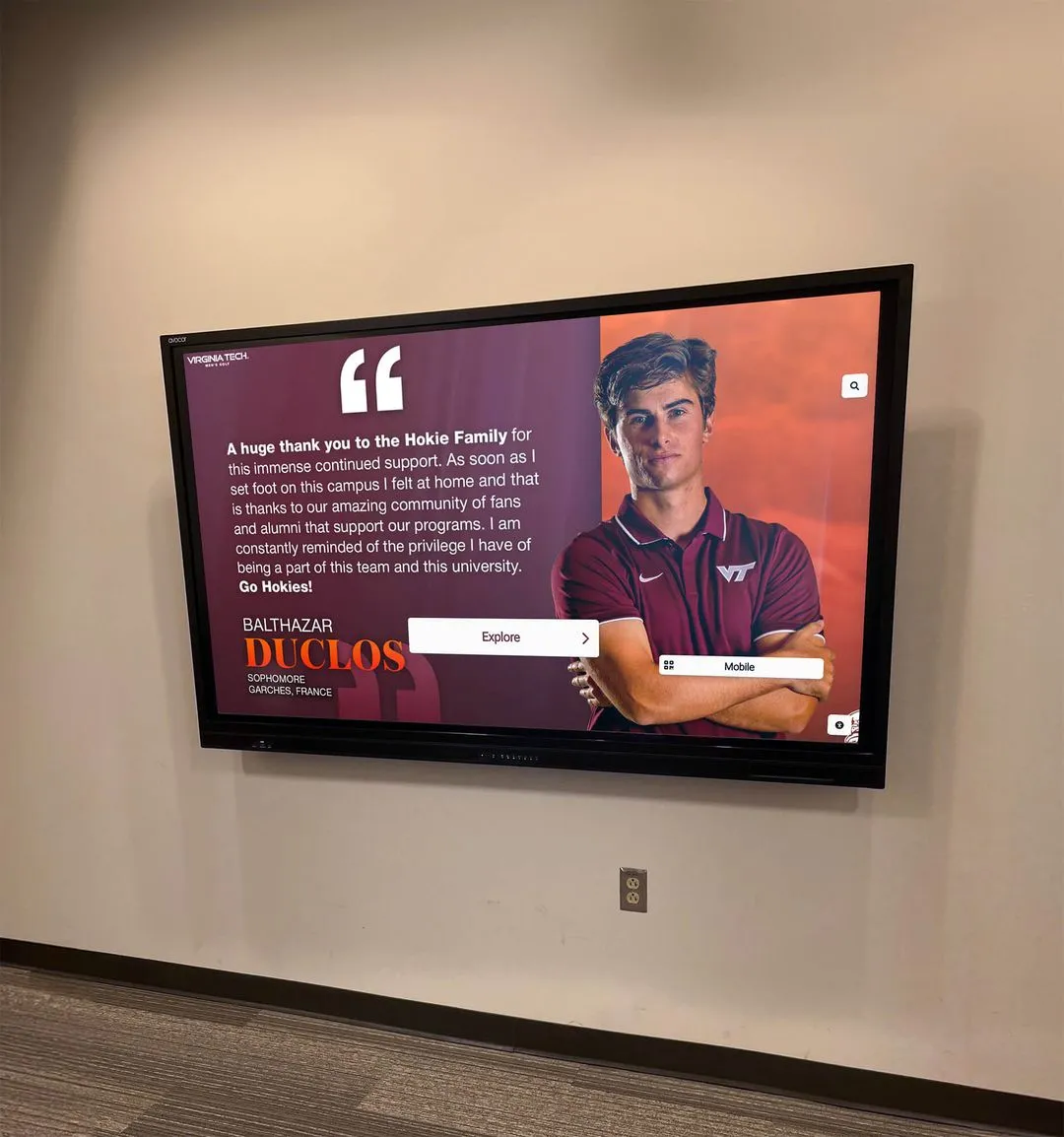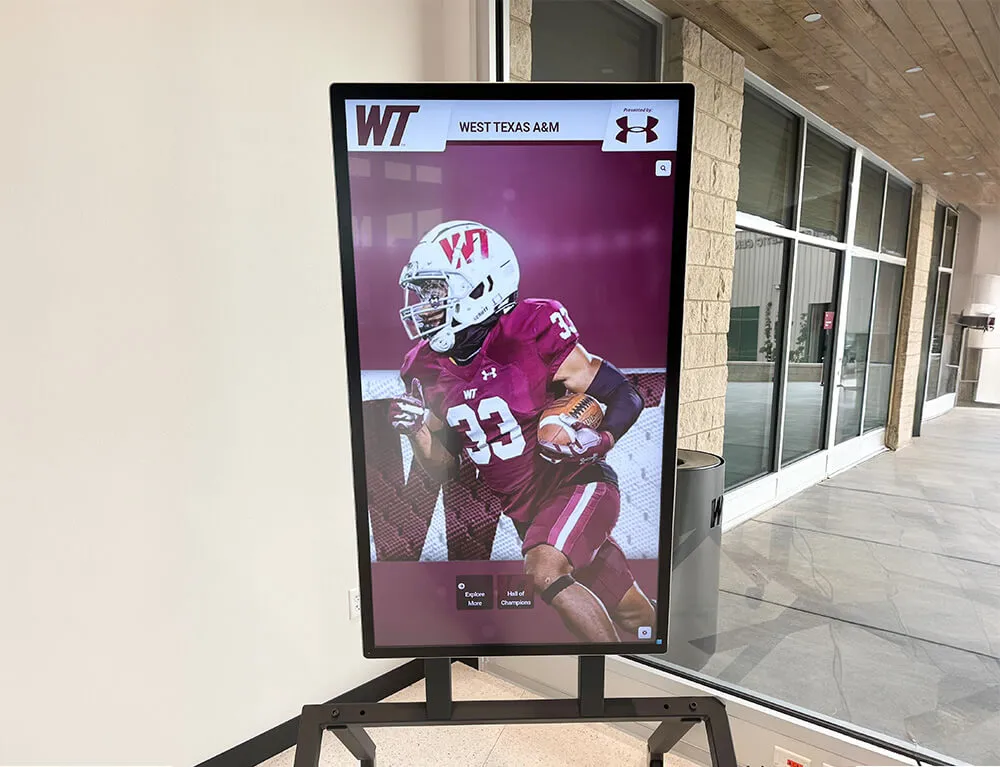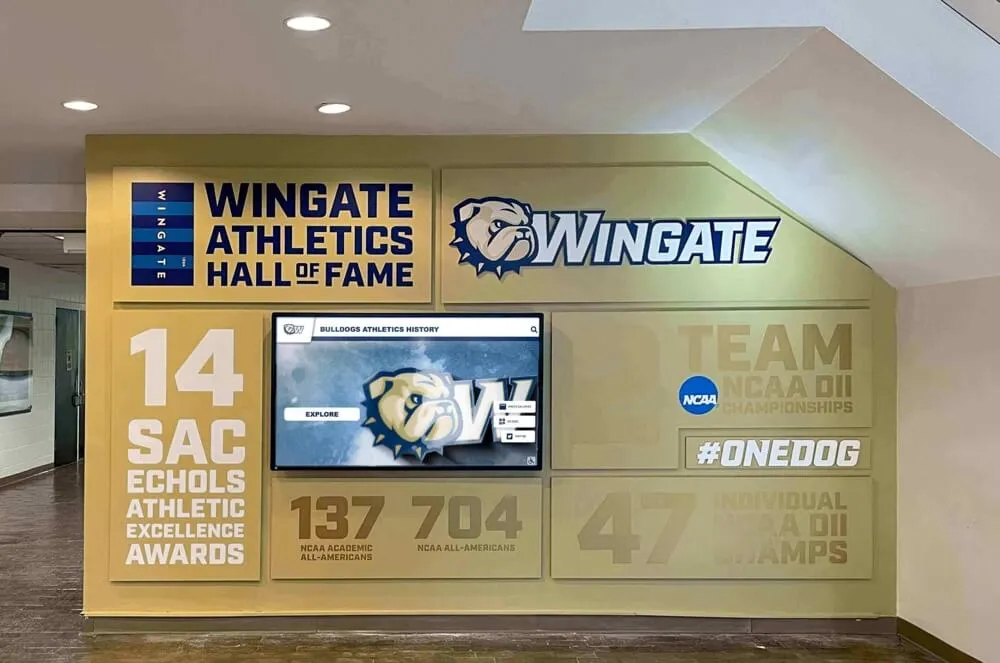Table of Contents
- Project Planning and Assessment
- Team Formation and Stakeholder Alignment
- Technical Requirements and Infrastructure
- Content Strategy and Migration Planning
- Installation and Testing Process
- Launch Strategy and Ongoing Management
Project Planning and Assessment
Successfully implementing donor recognition touchscreens requires comprehensive planning that aligns technology capabilities with institutional goals, donor stewardship strategies, and physical space considerations.
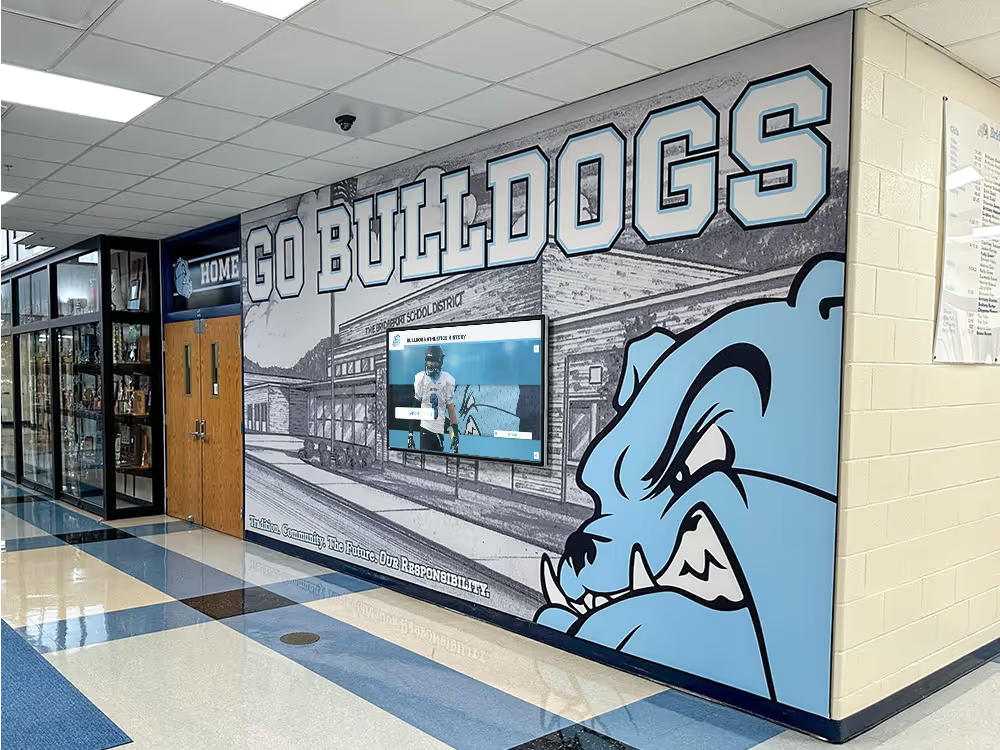
Professional installation process ensures successful donor recognition touchscreen implementation
The foundation of effective interactive donor recognition implementation begins with thorough assessment of institutional needs, existing infrastructure, and strategic objectives. Rocket Alumni Solutions provides comprehensive planning support that ensures successful project outcomes while maximizing recognition impact.
Initial Assessment Framework
Institutional Readiness
Evaluate organizational capacity for digital recognition including staff resources, technical capabilities, and change management readiness.
- Staff technical competency assessment
- Existing technology infrastructure review
- Change management capacity evaluation
Strategic Alignment
Ensure touchscreen recognition systems support broader institutional advancement goals and donor engagement strategies.
- Advancement office goal alignment
- Donor stewardship strategy integration
- Institutional branding requirements
Physical Environment
Assess installation locations for optimal visibility, accessibility, and technical feasibility including power, networking, and security considerations.
- Space suitability evaluation
- Infrastructure requirements analysis
- Accessibility compliance review
Project Scope Definition
Digital donor wall implementation requires clear scope definition that establishes realistic expectations and measurable objectives:
- 🎯Recognition Objectives
Define specific goals for donor recognition including engagement metrics, stewardship improvements, and fundraising outcomes.
- 📊Content Scope
Determine which donor populations, campaigns, and historical periods will be included in initial launch and future phases.
- ⚙️Technical Specifications
Establish hardware requirements, software features, and integration needs that support institutional recognition goals.
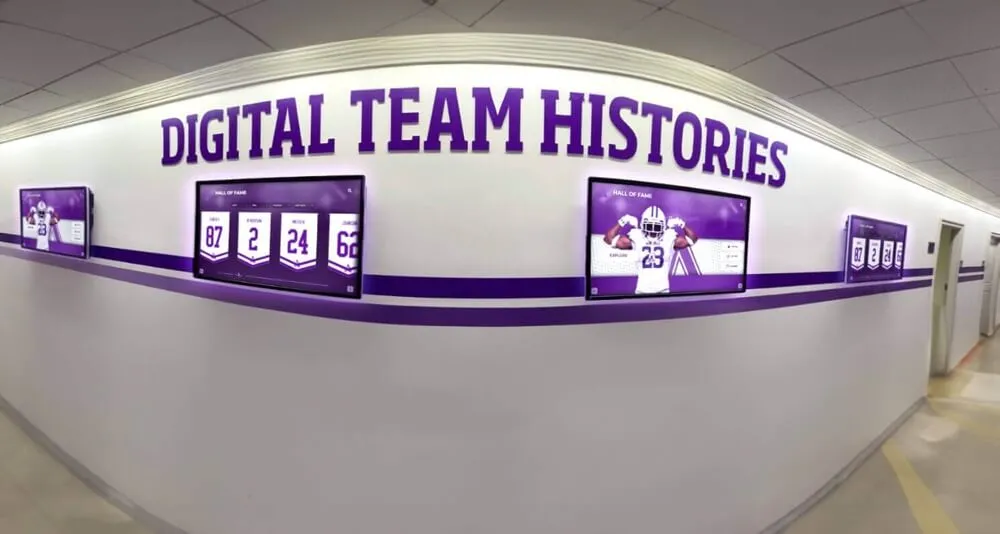
Comprehensive planning ensures successful alignment of technology capabilities with institutional recognition objectives
Team Formation and Stakeholder Alignment
Successful touchscreen donor recognition implementation requires coordinated effort across multiple institutional departments with clear roles, responsibilities, and communication protocols.
Core Implementation Team Structure
Interactive donor displays projects benefit from diverse expertise and clear accountability structures:
Leadership and Coordination
- Project Manager: Overall coordination, timeline management, and stakeholder communication
- Advancement Leader: Strategic oversight and donor relation implications
- Technology Director: Technical requirements and infrastructure planning
- Executive Sponsor: Senior leadership support and resource allocation
Operational Implementation
- Content Manager: Donor data organization and story development
- Design Coordinator: Visual design and brand alignment oversight
- Facilities Manager: Physical installation and space coordination
- Communications Specialist: Launch promotion and ongoing marketing
Stakeholder Engagement Strategy
Effective digital donor recognition requires buy-in and input from diverse institutional stakeholders:
- Advancement Office Stewardship strategy integration and donor relations coordination
- Executive Leadership Strategic vision alignment and resource authorization
- IT Department Technical infrastructure and security requirements
- Marketing Team Brand consistency and launch communication strategy
- Facilities Management Installation logistics and ongoing maintenance coordination
- Legal and Compliance Accessibility requirements and privacy considerations
Technical Requirements and Infrastructure
Establishing robust technical foundation ensures reliable touchscreen hall of fame operation while supporting future expansion and feature enhancements.
Hardware Specification Planning
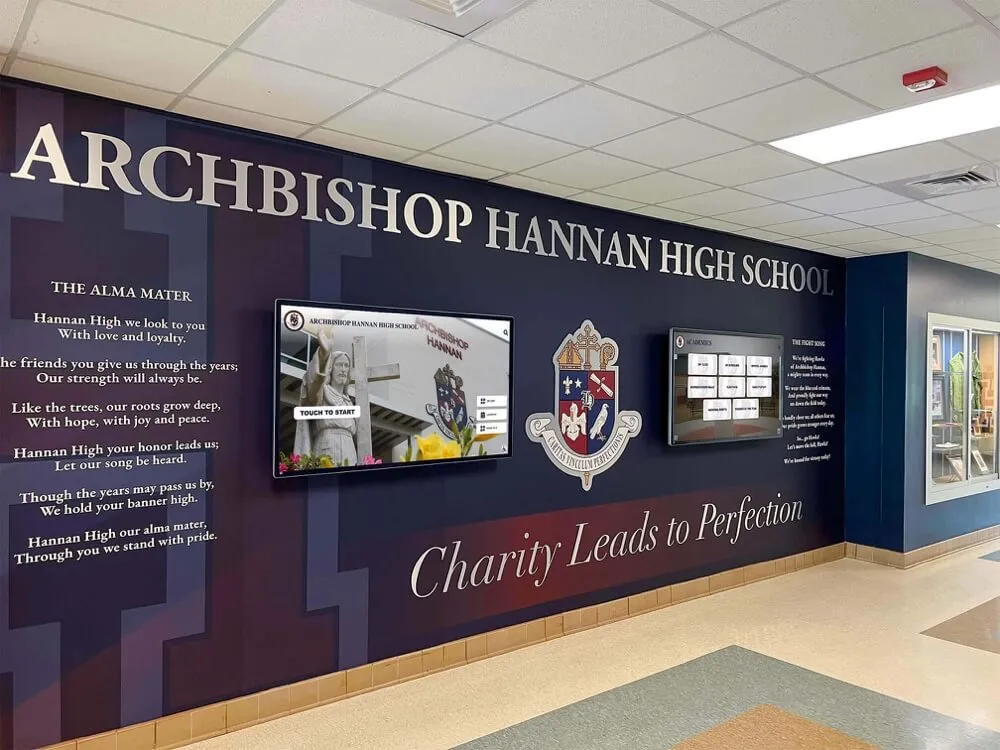
Professional technical planning ensures reliable hardware performance and optimal user experience
Donor recognition touchscreen hardware selection requires balancing performance, durability, and cost considerations:
Network and Connectivity Requirements
Modern touchscreen software systems require robust connectivity for content updates and analytics:
Network Infrastructure Requirements
Internet Connectivity
Minimum 25 Mbps dedicated bandwidth for content updates, analytics, and cloud synchronization
Security Protocols
Enterprise-grade network security with VPN support and encrypted data transmission
Power Requirements
Dedicated electrical circuits with surge protection and backup power considerations
Software Integration Planning
Interactive donor recognition systems require integration with existing institutional technology infrastructure:
- CRM Integration: Direct connections with fundraising databases for real-time donor information updates
- Single Sign-On (SSO): Authentication integration with institutional identity management systems
- Analytics Platforms: Data integration with institutional reporting and analytics tools
- Content Management: Integration with existing web content management and digital asset libraries
Content Strategy and Migration Planning
Transforming traditional donor recognition into digital donor walls requires strategic content planning that preserves recognition history while enabling enhanced storytelling capabilities.
Data Migration Framework
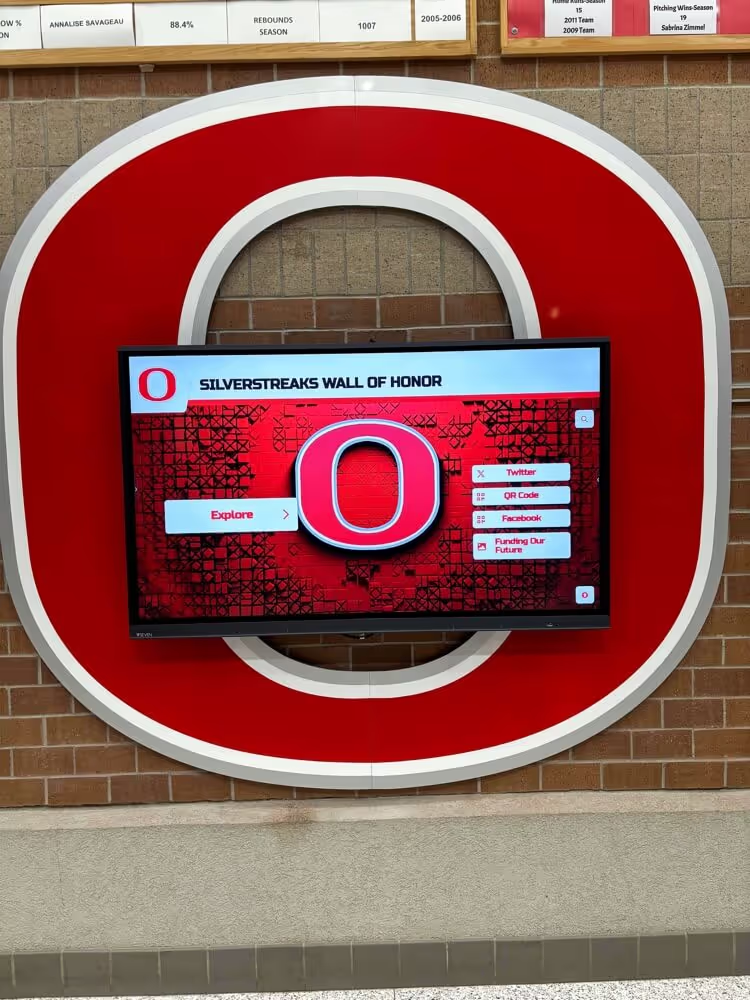
Systematic content migration ensures comprehensive recognition while enhancing storytelling capabilities
Converting existing donor records into interactive donor displays requires systematic data organization and enhancement:
Data Inventory and Audit
- Donor Database Review: Comprehensive audit of existing donor information and recognition levels
- Historical Content: Collection of photos, documents, and stories from traditional recognition
- Quality Assessment: Evaluation of data completeness and accuracy for digital presentation
- Rights and Permissions: Review of consent and usage rights for donor information and images
Content Enhancement Strategy
- Story Development: Expansion of basic donor information into compelling narrative content
- Visual Assets: Photo collection, enhancement, and professional photography coordination
- Impact Documentation: Research and documentation of donor contribution outcomes
- Multimedia Creation: Video interviews, testimonials, and interactive content development
Content Organization and Taxonomy
Effective touchscreen donor recognition requires logical content organization that supports multiple discovery pathways:
- Recognition Levels Hierarchical organization by donation amounts and recognition society membership
- Time-Based Categories Chronological organization by decades, campaigns, and institutional milestones
- Purpose-Based Groupings Organization by donation purpose including academics, athletics, facilities, and scholarships
- Geographic Regions Alumni and donor communities organized by location and regional connections
- Alumni Class Years Educational institution connections organized by graduation years and academic programs
- Legacy Families Multi-generational donor families and their institutional relationships
Installation and Testing Process
Professional installation and comprehensive testing ensure digital donor recognition systems operate reliably while providing optimal user experiences from launch day forward.
Installation Project Timeline

Professional installation follows systematic timeline ensuring quality results and minimal disruption
Touchscreen hall of fame installation requires careful coordination and quality control throughout the process:
Typical Installation Timeline
Site Preparation (Week 1)
Electrical, networking, and mounting preparation with quality inspections
Hardware Installation (Week 2)
Professional mounting, connection, and initial hardware configuration
Software Configuration (Week 3)
System setup, content loading, and integration testing
Testing and Training (Week 4)
Comprehensive testing, staff training, and launch preparation
Quality Assurance Testing
Comprehensive testing ensures reliable interactive donor recognition operation across all features and scenarios:
- 🔧Hardware Performance Testing
Display calibration, touch responsiveness, audio quality, and thermal management under continuous operation conditions.
- 💻Software Functionality Testing
Content management, search functionality, navigation flow, and all interactive features verification.
- 🌐Integration and Connectivity Testing
Network connectivity, cloud synchronization, database integration, and remote management capabilities.
- ♿Accessibility Compliance Testing
ADA compliance verification, screen reader compatibility, and accessibility feature functionality validation.
Launch Strategy and Ongoing Management
Strategic launch planning and sustainable management processes ensure donor recognition touchscreens achieve maximum impact while maintaining long-term effectiveness and institutional value.
Soft Launch and User Testing
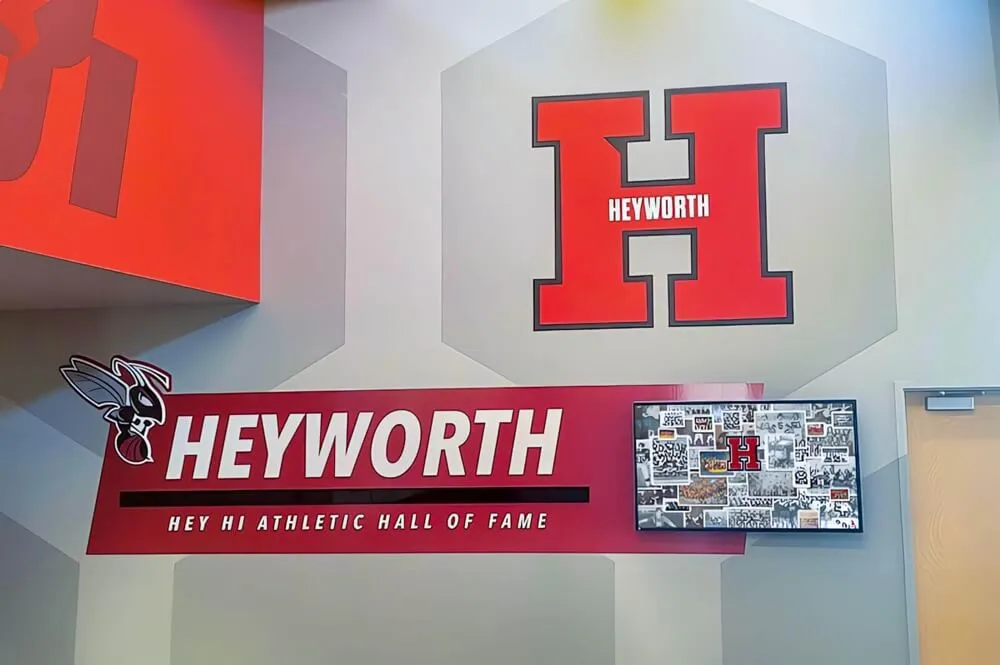
User testing and soft launch phases validate functionality and optimize user experience before full deployment
Phased launch approach enables optimization and ensures successful digital donor wall adoption:
Internal Testing Phase
Staff and stakeholder testing to identify usability issues and gather feedback for optimization before public launch.
Limited Public Access
Controlled public testing with select user groups to validate accessibility and gather usage analytics for refinement.
Full Public Launch
Comprehensive marketing campaign and donor notification strategy to maximize recognition impact and engagement.
Ongoing Management Framework
Sustainable touchscreen donor recognition requires established processes for content management, technical maintenance, and continuous improvement:
- Content Update Procedures
Regular content review cycles, new donor addition processes, and story enhancement workflows - Technical Maintenance
Hardware maintenance schedules, software updates, and performance monitoring protocols - Analytics and Optimization
Regular usage analysis, content performance review, and user experience optimization - Staff Training and Support
Ongoing education programs and technical support for content management and troubleshooting
Success Metrics and Evaluation
The Rocket Alumni Solutions analytics platform provides comprehensive metrics for ongoing success evaluation:
Key Success Indicators
Engagement Metrics
- Daily/weekly user interaction volume
- Session duration and content exploration depth
- Search usage and success rates
- Content preference and popularity trends
Impact Measurements
- Donor satisfaction and feedback scores
- Fundraising outcomes and attribution
- Staff efficiency improvements
- Recognition program effectiveness
Start Your Implementation Journey
Ready to transform your donor recognition with touchscreen technology? Our comprehensive planning and implementation support ensures successful outcomes that honor donors while advancing institutional goals.
Successful donor recognition touchscreen implementation requires careful planning, stakeholder coordination, and systematic execution across all project phases. The comprehensive framework outlined above provides institutions with the structured approach necessary to achieve recognition goals while maximizing technology investment value.
From initial assessment through ongoing management, each implementation phase contributes to long-term success in donor recognition and institutional advancement. The combination of strategic planning, technical excellence, and sustainable management processes ensures recognition systems continue delivering value for years to come.
For additional implementation resources, explore our detailed guides on digital halls of fame benefits and discover technical considerations for digital recognition that support successful project outcomes.





